
There are many ways to live life. Some people follow the stability approach rather than the switchback approach. They also focus on stimulation and achieving success.
Such people aim to provide stability during turbulent times. They also aim to be consistent, clear and find solutions. They do not take people through a switchback of events or emotions.
Good leaders, for example, are like good parents. They are positive, predictable and aim to create an encouraging environment in which people can grow.
Such leaders provide stability during difficult times. They may then, when appropriate, provide stimulation and help people to achieve success. Let’s explore how they may focus on these themes.
The Stability, Stimulation
And Success Approach
Leader A, who ran an organisation of 400 people, took this approach during the Covid pandemic. They had previously built a successful organisation by taking the following steps:
They had created a supportive and stimulating environment in which self-motivated people could deliver ongoing success;
They had continually communicated the organisation’s purpose, principles and picture of success;
They had given people the practical and psychological support they needed to do superb work and deliver their parts of the picture success.
They had also ensured the organisation built a long financial runway. This paid dividends when Covid hit. Bearing these factors in mind, they focused on the following themes to manage the crisis and also shape a positive future.
Stability
Leader A aimed to maintain stability during the difficult times. This included communicating with their people through a series of Zoom sessions.
They explained that the organisation was in a good financial position and people would continue to be paid. If anybody had any particular difficulties, however, then certain kinds of help were available.
Leader A reiterated the organisation’s purpose and principles. They also explained how these would be expressed in the present situation by translating them into specific goals. Looking ahead, they encouraged people to take the following steps:
To keep in touch with each other and, when appropriate, ask for help and give each other the required support;
To connect with their clients and provide practical support that would help them to manage the present situation and achieve their specific goals;
To, if they wished, get involved in task forces that would help the organisation to shape a positive future.
This final point encouraged people to look beyond the present situation. It also embodied the following theme.
Stimulation
Leader A aimed to build on the stability and also provide stimulation. They wanted to encourage people to channel some of their emotions in a positive way. Bearing this in mind, they took the following steps.
The leader held several sessions with their leadership team. These involved refocusing on the organisation’s aims by exploring the following themes.
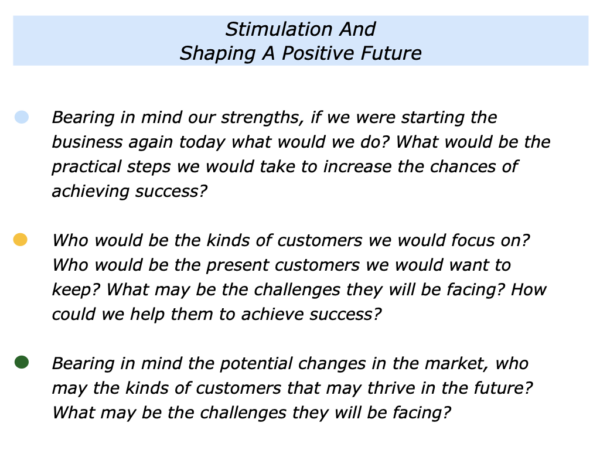
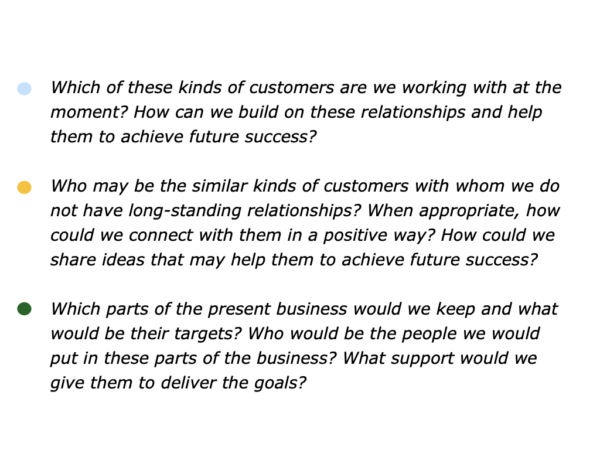
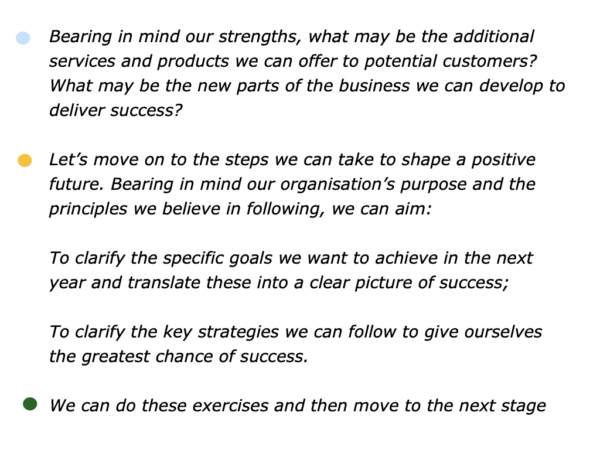
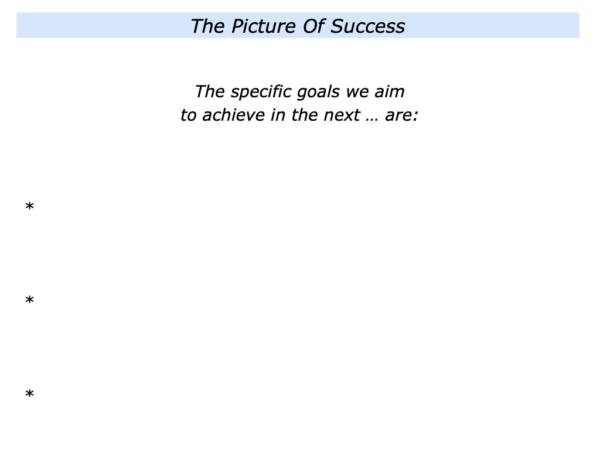
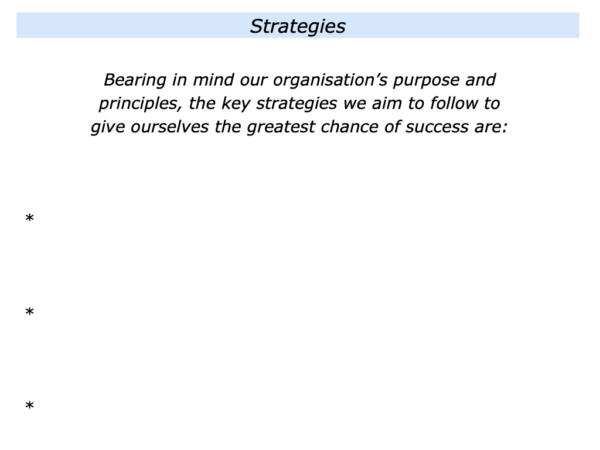
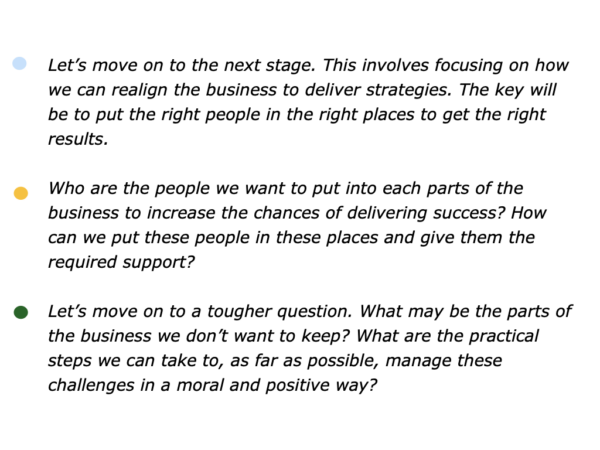
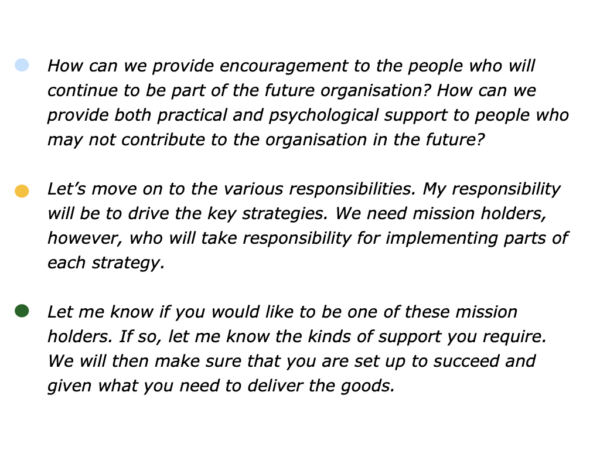
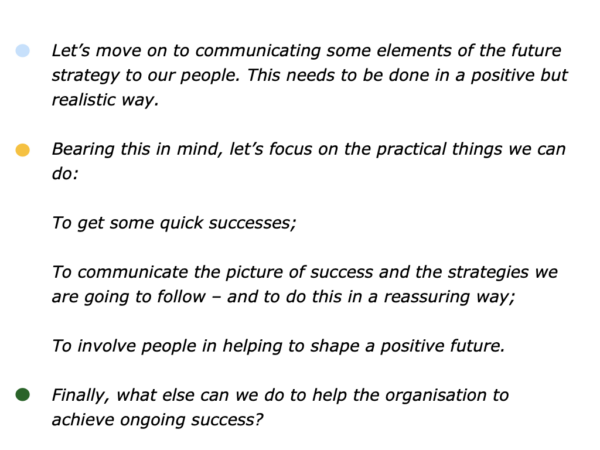
Leader A’s team agreed on the positive ways forward. They then did a good job of communicating these things to the people in the organisation. They again focused on aiming:
To provide stability and support for people;
To provide stimulation by encouraging people to build on the organisation’s principles and translate these into achieving specific goals;
To invite people to contribute to shaping the strategies for achieving future success.
This final point encouraged people to channel their energies in a positive way. It also involved focusing on the following theme.
Success
Leader A continued to keep people’s eyes on the picture of success. This involved sharing the exercises described earlier. It also involved updating people on the progress being made. Here are the themes they covered.
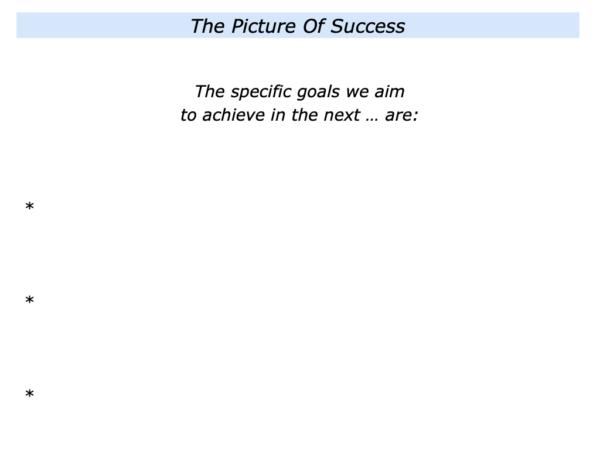
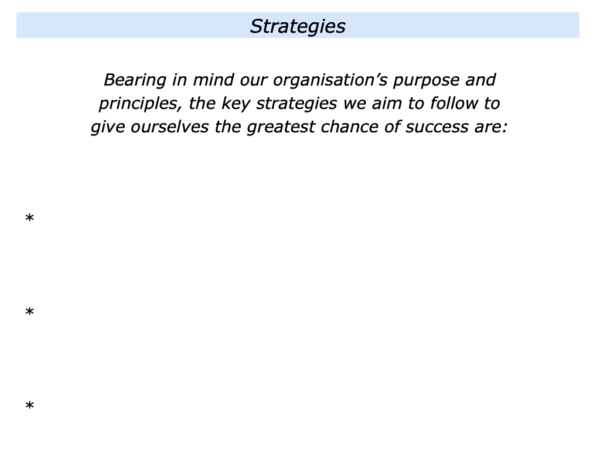
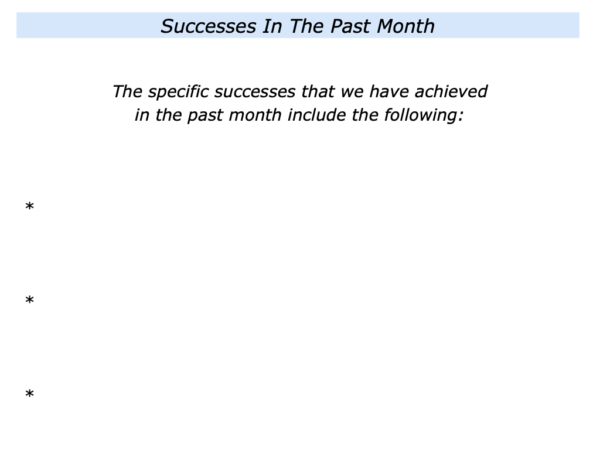
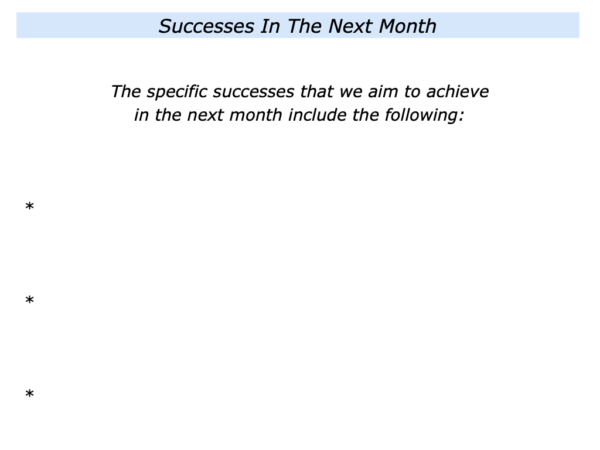
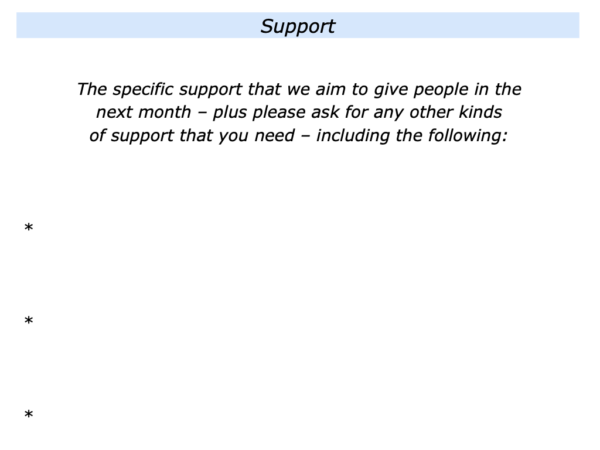
The organisation continued to evolve during the next two years and many of its people remained to shape the future. They continue to maintain high morale and also deliver success for both the business and its customers.
Some people moved on for various reasons. Some received offers of senior roles elsewhere. Some changed their lifestyles after the pandemic. Some were given lots of practical help to move on after their roles disappeared.
Good leaders – and other people – often aim to follow the stability approach. They do this when encountering both successes and setbacks. Some leaders take another route.
The Switchback Approach
Leader B ran an organisation of several hundred people. Whilst they could be inspiring on occasions, they also had mood swings and could be intimidating. This approach came to the fore during the Covid pandemic.
The leader believed in going with their gut. This sometimes worked well during the company’s early days but became a liability as it acquired businesses and grew.
They focused on driving profits. They had a style of issuing orders and micromanaging people. They could be charming – especially when wanting something – but often veered into criticising people.
Leader B reacted to the Covid pandemic by using lots of military analogies. They defined it as a war the company could win. At the same time, they said there were battles ahead.
The leader initially attempted to rally the troops. When the reality of Covid sank in, however, they retreated into their bunker. Sometimes they emerged to issue contradictory statements about the future strategy.
Several key members of staff decided to buy time by staying in their present roles. They also aimed:
To take care of their loved ones and themselves;
To do their best to support their people;
To prepare the ground for moving on from the organisation.
Leader B and their organisation did come through the pandemic but the business was much diminished. It lost key managers who had previously shielded people from the leader’s behaviour. This put the organisation into a downward spiral.
Different people have different ways of managing situations. Some follow the stability approach, some follow the switchback approach. The route they choose has consequences for both themselves and other people.
Let’s return to your own life and work. Looking ahead, can you think of situation where you may want to follow elements of the stability, stimulating and successful approach? How can you do this in your own way?
If you wish, try tackling the exercise on this theme. This invites you to complete the following sentences.
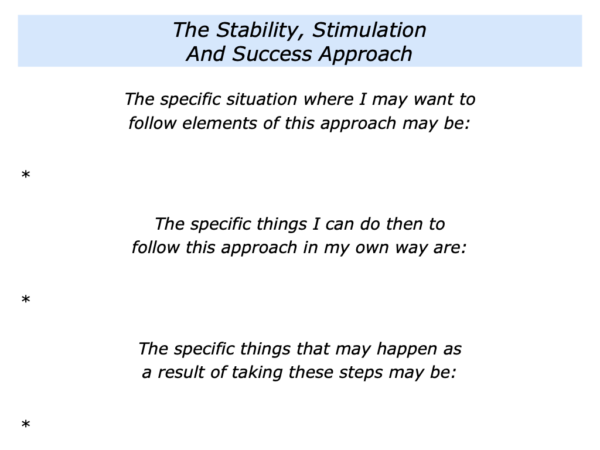






Leave a Reply